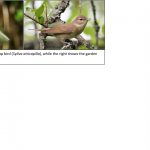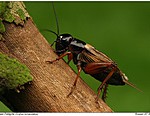This gallery contains 4 photos.
Communication, which can be loosely defined as a transfer of information, is vital to structuring the development and interactions between a signaler and perceiver. This transfer of information can be perceived as a one to one transfer of stimulus to … Continue reading



